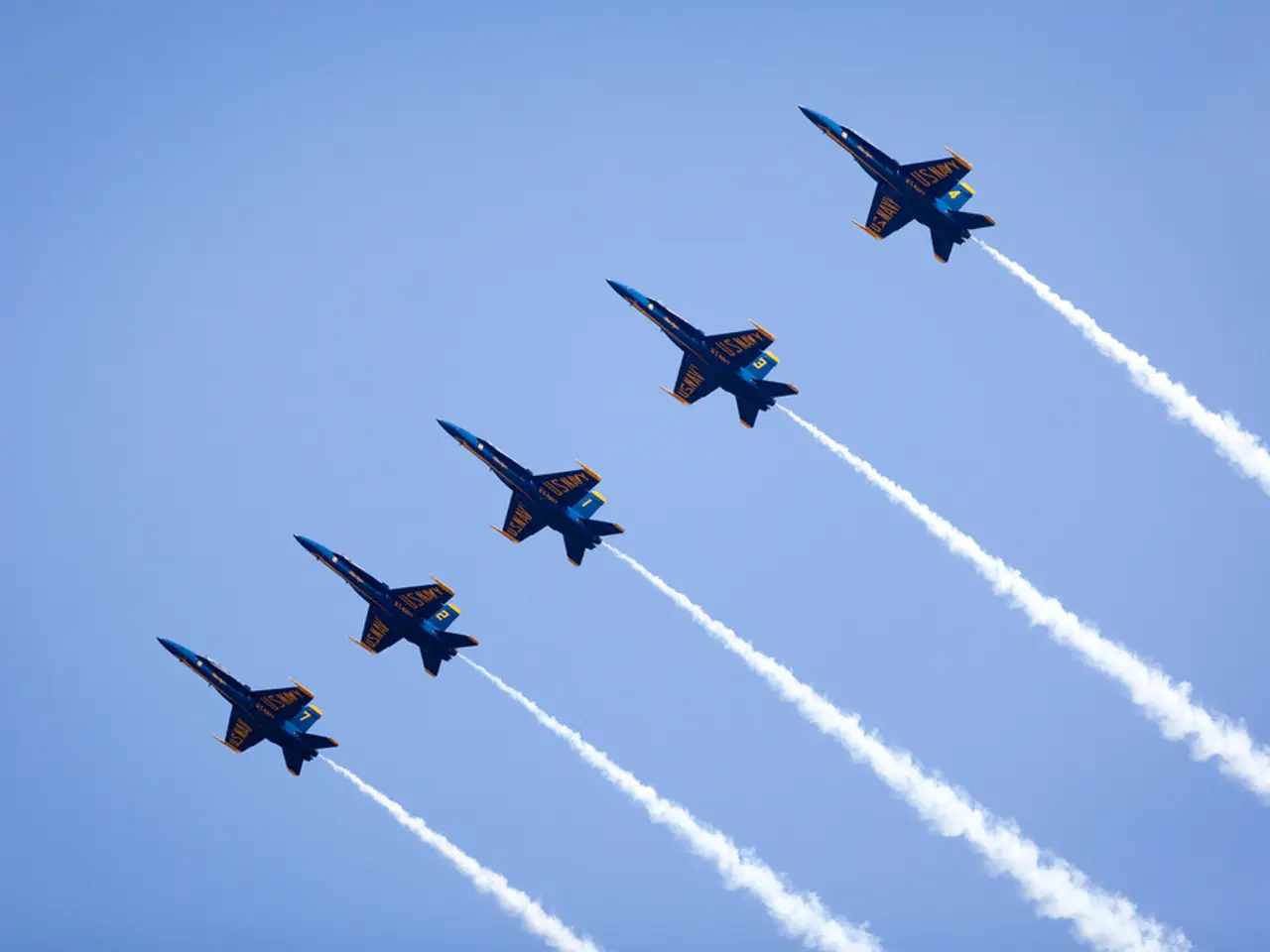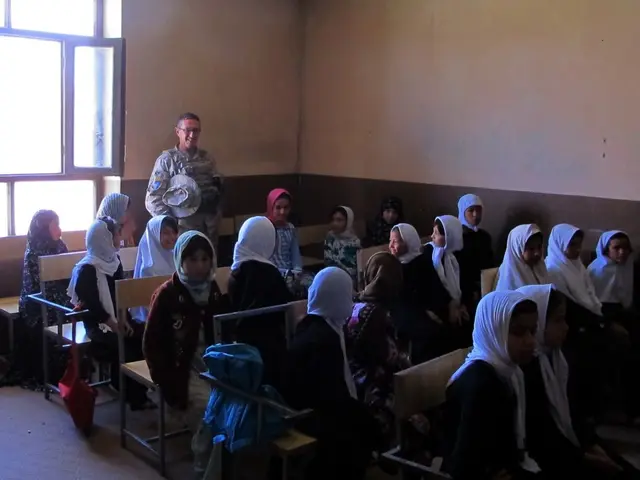International trips to London, Dubai, and San Francisco temporarily halted by Air India and additional carriers; reasons explained.
Scoop: Global Airlines Stepping Up Aviation Safety Amid Operational Challenges
On June 17, 2025, Air India halted several international flights, leaving passengers on key routes stranded or rescheduled. Flights like Ahmedabad to London, Delhi to Paris, London to Amritsar, and Mumbai to San Francisco were among the cancellations.
According to the Directorate General of Civil Aviation (DGCA), nearly five of the cancelled Air India flights involved Boeing 787 aircraft. The civil aviation regulator has reportedly urged the airline to minimize the delays caused by maintenance issues.
Air India attributed the disruptions to a blend of technical problems and external factors, such as weather. It guaranteed it had made alternative arrangements for affected passengers, including rebookings and full refunds.
The recent flight cancellations come amid a foreboding atmosphere in the aviation sector following a fatal Air India crash in Ahmedabad which claimed 241 lives and caused casualties on the ground. Although investigations are ongoing, it seems that airlines are focusing more on preventive safety checks.
Recent days have witnessed various airlines facing operational disruptions worldwide. British Airways was compelled to return a Boeing 787 Dreamliner (Flight BA35) to London Heathrow just over an hour after takeoff due to a "technical issue" while en route to Chennai. Lufthansa and IndiGo have also cancelled or diverted flights due to inclement weather and technical alerts.
Multiple carriers are adopting caution, particularly regarding the Boeing 787 fleet and unpredictable weather, keeping the aviation industry on edge. Passengers are encouraged to verify flight status in advance and be prepared for potentially last-minute schedule modifications.
Safety Shifts Gear – Global Response to Operational Disruptions
In the wake of these upheavals, global airlines and aviation authorities are implementing precautionary measures aimed at addressing emerging safety concerns such as increased GPS signal interference, geopolitical tensions, and the necessity for heightened operational safety and compliance.
Transporting Passengers Safely: Key Steps to Improved Navigation and Risk Mitigation
- The International Air Transport Association (IATA) and the European Union Aviation Safety Agency (EASA) have devised a comprehensive safety plan to mitigate risks associated with increased Global Navigation Satellite System (GNSS) signal loss incidents (up 220% between 2021 and 2024). Key elements include reinforcing redundancies in navigation systems and pushing for global alignment on standards and reporting through the International Civil Aviation Organization (ICAO)[3].
- Crucial workstreams identified include standardized radio calls for reporting GNSS interference, standardized coding of Notices to Airmen (NOTAMs) related to GNSS issues, establishing monitoring and warning procedures with real-time airspace monitoring, and timely dissemination of information to relevant stakeholders for formal reporting[3].
Regulatory Compliance and Technological Adoption
- The global aviation safety compliance market is experiencing rapid growth, driven by intensified regulatory scrutiny and the prioritization of operational safety. Investments are surging in advanced safety management technologies like artificial intelligence (AI), cloud-based systems, and advanced analytics to bolster risk mitigation and adherence to complex regulations[5].
- These innovations improve operational efficiency and enable airlines and aviation bodies to adapt to shifting safety requirements amid pervasive challenges such as regional regulatory differences and budget constraints among smaller operators[5].
Elevating Aviation Safety Ratings and Audits
- AirlineRatings.com continues to evaluate and rank airlines based on rigorous safety criteria. The emphasis on aviation safety has increased significantly following recent accidents, placing greater scrutiny on airlines with questionable safety records or failed audits. Some airlines have faced bans or limitations due to insufficient safety practices[2].
- Safety protocols vary by airline, but common measures include stringent audit compliance, extensive pilot training, improved maintenance procedures, and transparent safety management systems to preserve or achieve high safety ratings[2].
Streamlined Airspace Risk Monitoring
- Independent databases like Safe Airspace offer ongoing monitoring of airspace risk, encompassing conflict zones and other hazards, allowing airlines to steer clear of dangerous areas proactively and adjust flight plans accordingly[4].
Recap: The Race for Safer Skies
In light of recent operational challenges and intensifying safety concerns, global airlines and aviation bodies are focusing on:
- Strengthening navigation safety through standardized reporting and monitoring of GNSS disruptions.
- Increasing compliance with evolving international safety regulations via innovative technologies.
- Maintaining stringent safety audits and transparent procedures to meet global safety benchmarks.
- Utilizing real-time airspace risk monitoring to avoid conflict zones and other hazards.
By taking these steps, the objective is to improve both the safety and reliability of global air travel in the face of ongoing operational difficulties[2][3][4][5].
- Amid the increasing concerns about aviation safety, finance and investment are surging in the global aviation safety compliance market, as regulatory authorities demand stricter adherence to complex regulations.
- In an attempt to address emerging safety concerns, the International Air Transport Association (IATA) and the European Union Aviation Safety Agency (EASA) have proposed a comprehensive safety plan aimed at reducing risks associated withGlobal Navigation Satellite System (GNSS) signal loss incidents.
- As the aviation industry struggles with operational challenges, various carriers are focusing on crime and justice, implementing preventive checks to ensure safety following recent accidents.
- As part of the overall lifestyle changes, travelers are encouraged to keep themselves updated on general news and weather conditions affecting their transportation, and to plan their travel accordingly, considering potential last-minute schedule modifications.







